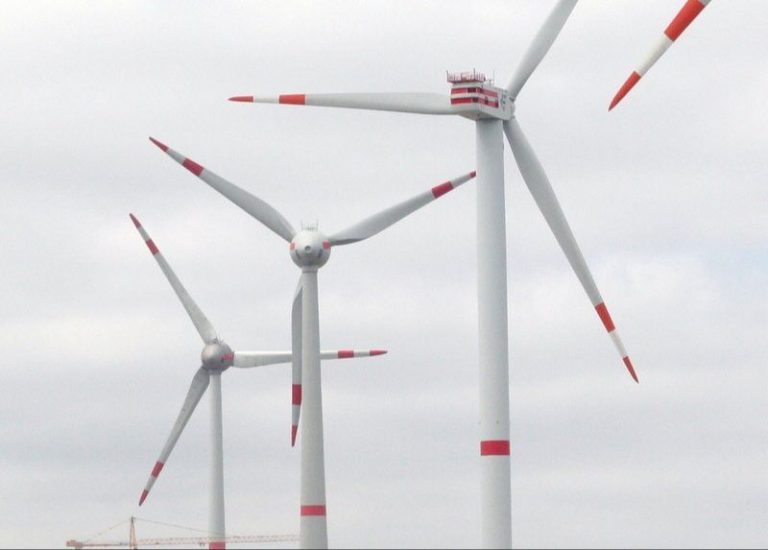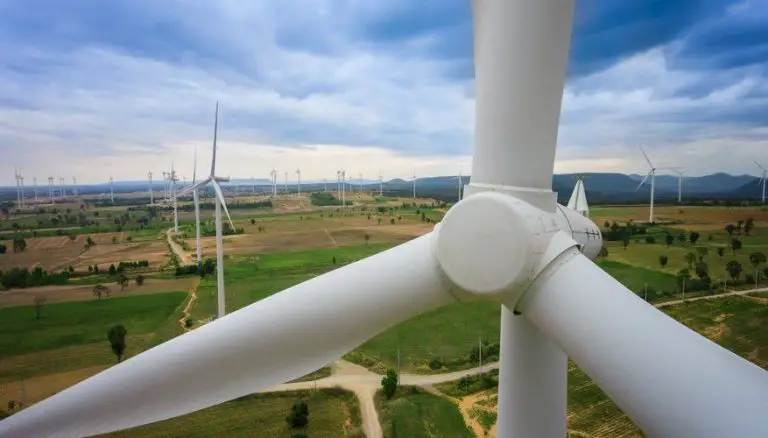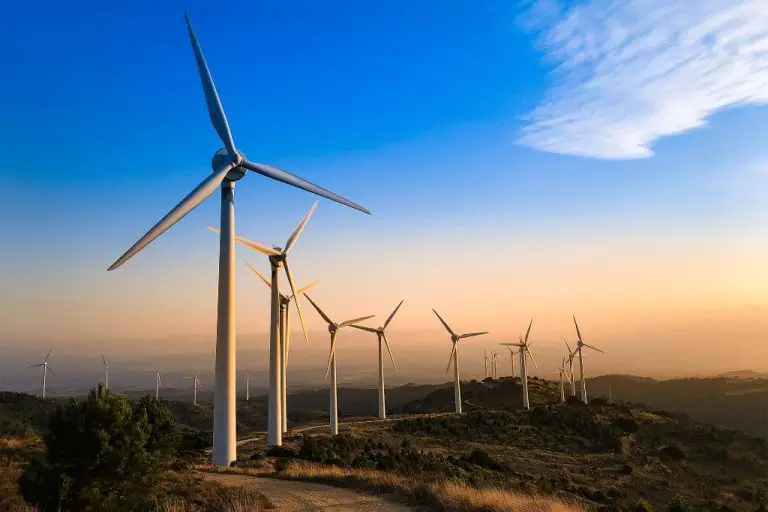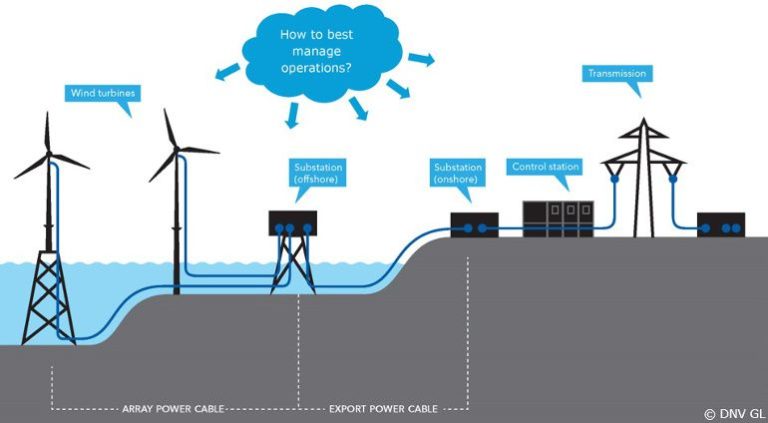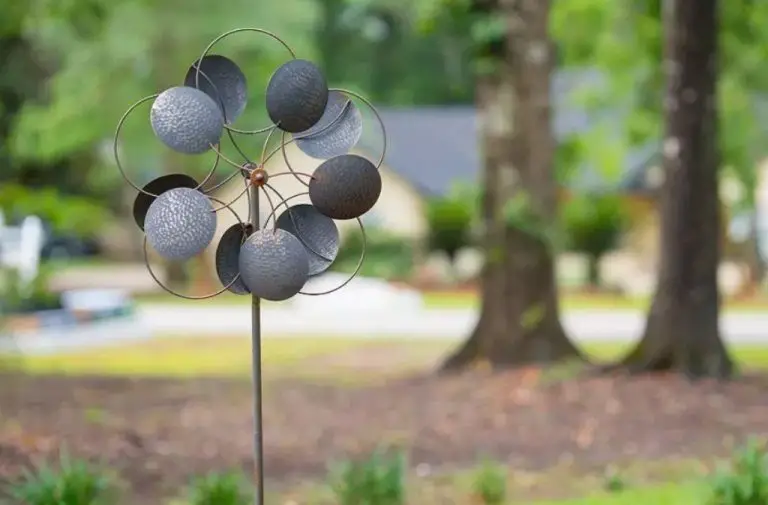Can Wind Power Be Used To Pump Water?
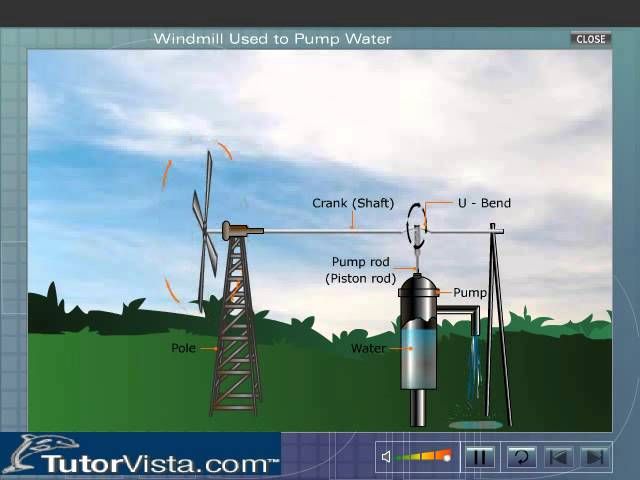
Wind power has historically been an effective way to pump water. As early as 7th century Persia, windmills were being used to pump water for land irrigation. This technology spread to Europe in the Middle Ages, where windmills became a common sight across the agricultural landscape.
The simplicity and reliability of wind-powered pumps make them an ideal solution, especially in remote areas without easy access to electricity. A wind pump uses the force of the wind turning a rotor to drive a reciprocating pump that lifts water from an underground source. Though the technology is centuries old, modern design improvements have made wind pumps even more efficient and robust.
With the growing demand for sustainable water pumping methods, wind-powered pumps are experiencing renewed interest as a cost-effective and eco-friendly technology. Their potential to provide safe water access could improve the lives of millions of people worldwide.
How Wind Powered Water Pumps Work
Wind-powered water pumps harness the power of the wind to pump water. They work by converting the kinetic energy of the wind into rotational energy to drive a pump. The basic components are:
– Wind turbine – Blades connected to a rotor capture the wind energy and convert it into rotational motion. The rotor connects to a shaft.
– Pump – The spinning shaft connects to a pump, which is often a piston or impeller pump. The pump is designed to draw water up from a well or other water source.
– Pump head – This is placed over the water source to connect the pump and provide a delivery outlet for the water.
– Storage tank – Pumped water can be sent to an elevated water storage tank. The height provides pressure to deliver water downstream.
– Controller – A controller or regulator manages the pumping action based on water demand.
So in summary, the wind turbine captures kinetic wind energy and transforms it into rotational energy to power the shaft. The spinning shaft operates the pump, which lifts or pressurizes water through piping into a storage tank or distribution system.[https://teckyenergy.com/the-benefits-of-a-wind-powered-water-pump/]
Types of Wind Powered Water Pumps
There are two main types of wind-powered water pumps: mechanical pumps and electrical pumps.
Mechanical Pumps
Mechanical wind pumps use the wind to turn an impeller or rotor which then transfers the rotational motion via a connecting rod to drive a piston or diaphragm pump. Common types of mechanical wind pumps include:
- Piston pumps: A reciprocating piston pump has a piston moving up and down inside a cylinder to create suction to draw water in and push water out of the pump. The connecting rod converts the rotary motion of the wind rotor into linear motion to drive the piston.
- Rotary pumps: These use an impeller or rotor attached to a drive shaft inside a housing to move water. The wind rotor turns the drive shaft which rotates the impeller, using centrifugal force to push water through the pump.
- Diaphragm pumps: Flexible diaphragms alternate between convex and concave shapes to create suction and force water flow. The connecting rod transfers wind rotor motion to the diaphragms.
Mechanical wind pumps are simple, inexpensive, and easy to maintain. However, they are less efficient than electrical pumps.
Electrical Pumps
Electrical wind pumps use a wind turbine to generate electricity, which powers a standard electric water pump. They have these main components:
- Wind turbine: Blades attached to a rotor shaft spin when blown by the wind. The spinning shaft turns an electrical generator.
- Generator: Produces electricity when the rotor spins. An internal gearbox increases rotor speed.
- Electric pump: Submersible or surface pump run by electricity from the generator. Centrifugal, turbine, submersible, and reciprocating pumps are commonly used.
- Batteries (optional): Store excess electricity produced when wind speeds are high.
Though more complex, electrical wind pumps can be highly efficient and are capable of pumping from greater depths than mechanical pumps.
Benefits of Wind Powered Pumps
Wind powered pumps offer several unique benefits over conventional fuel-powered pumps. One of the main advantages is that wind energy is a renewable resource that does not require any fuel costs during operation (Source 1). By harnessing the kinetic energy of the wind to turn an impeller and pump water, wind pumps can provide pumping power indefinitely without depleting finite fossil fuel reserves. This makes them highly sustainable and environmentally friendly pumping solutions.
In addition, wind powered pumps are decentralized systems that can operate independently in remote locations without connection to an electrical grid (Source 2). They allow access to pumped water in rural or isolated communities that lack centralized infrastructure. Once installed, the pumps provide water autonomously based on wind availability without requiring fuel deliveries or power lines. This makes them an empowering technology to increase water access and agricultural productivity in developing regions.
Moreover, because they consume no purchased fuel, wind pumps have minimal operating costs after installation. The pumping power is derived from the wind and sun which are free. This improves cost efficiency and economic sustainability compared to conventional diesel or electric pumps that require ongoing expenditures for fuel, parts, and maintenance. With wind pumps, the main costs are upfront capital investment, after which they can operate productively for years with greater cost effectiveness.
Challenges of Wind Powered Pumps
While wind powered water pumps provide many benefits, they also come with some challenges that need to be considered.
One key challenge is the intermittent nature of wind as an energy source. Wind speeds vary seasonally and daily, which means wind powered pumps may not operate consistently. During periods of low wind, the pumps will produce less water output. Locations with steady wind patterns are best suited for wind powered pumping systems (ResearchNester, 2023).
Another consideration is the maintenance costs associated with wind powered pumps. The pumps contain moving parts like turbines that require regular upkeep and replacement. The height of the tower also makes maintenance more difficult and potentially dangerous. Proper siting to avoid extreme weather events can help reduce wear and tear (Bergey, 2023). Careful system design, high quality components, and routine maintenance help ensure reliable operation.
Overall, intermittent wind patterns and maintenance requirements pose challenges for wind powered pumping systems. Proper site selection, system design, and maintenance practices can help mitigate these issues.
Ideal Conditions and Locations
For a wind-powered water pump to function optimally, it needs to be situated in an area with adequate wind resources. According to Low Impact (1), the average wind speed should be around 12 mph or higher for a wind pump to effectively pump water. Locations that experience consistent wind patterns and speeds are ideal. Open plains, ridge tops, hilltops, and mountain passes often provide good wind flow.
The wind pump also requires proximity and access to the water source, whether it’s an underground well, pond, lake, or other body of water. The pump and water source need to be within reasonable pumping distance, which can range from 200 to 2000 feet depending on the pump’s capacity (2). Any obstructions between the wind pump and water source, like buildings or trees, should be minimized.
Lastly, wind pumps function best in locations with existing infrastructure to distribute the pumped water as needed, whether to fields for irrigation or to storage tanks and plumbing systems. Remote wind pumps may require additional distribution lines and equipment installed.
(1) https://www.lowimpact.org/lowimpact-topic/wind-pumps/
(2) https://www.alternative-energy-tutorials.com/wind-energy/wind-water-pumping.html
Pump Applications
Wind-powered water pumps have been used for various practical applications, especially in rural areas without access to electricity. Some of the main uses of wind pumps are for agricultural irrigation, livestock watering, and rural water supply.
Wind pumps are a low-cost, sustainable solution for irrigating crops and vegetable gardens in rural farming communities. The pumps can draw water from wells, ponds or streams and transport it via irrigation channels to crops. This provides a reliable water source for small-scale irrigation. Wind pumps are advantageous because they don’t rely on fuel or electricity. Studies have shown wind pump irrigation can improve crop yields and farming productivity (https://www.ircwash.org/sites/default/files/232.0-86RE-4903.pdf).
For livestock farmers, wind pumps provide a way to pump fresh water for cattle, sheep, goats and other animals. The pumps can fill troughs and tanks to ensure a constant supply of drinking water. This is essential for keeping animals healthy. Wind pumps reduce the labor needed to haul water manually for livestock.
In rural villages, wind pumps can provide water supply on a small community scale when installing proper storage tanks. The pumps fill up storage tanks that feed into a piping distribution system for household water access. Although the water supply may not be continuous, wind pumps still offer an independent water source without electric pumps.
Modern Improvements and Innovations
Recent years have seen several notable improvements and innovations in wind powered water pumps, making them more efficient, affordable, and accessible.
One advancement is the development of hybrid pumping systems that combine wind energy with solar power or diesel generators. These hybrid systems provide a backup power source on low wind days and enable pumping water 24/7. They also maximize efficiency by using multiple renewable resources. 1
Smart motor controllers now allow wind pumps to optimize performance by automatically adjusting pump speed and torque based on changing wind speeds. These smart controls prevent pump and generator damage during high winds.
New wind pump designs are also enhancing efficiency. Vertical axis wind turbines, for example, can harness wind from any direction and may be more suitable for pumping water from low depths. Innovative pump designs like hydraulic ram pumps also eliminate the need for an electrical generator.
These improvements make wind powered pumps a more viable and reliable solution for remote water pumping needs, from small farms to entire villages.
Case Studies and Examples
Wind-powered water pumping has been implemented successfully around the world for centuries. Here are some notable examples:
The Fairbanks windpump was used extensively during the late 19th and early 20th centuries in the midwestern United States. These steel windmills could pump water from wells and were an important technology for farms and ranches with no access to electricity (Climeon).
In South Africa in the 1980s, the government provided subsidies to farmers to install windmills for water pumping to help improve agricultural production. By the 1990s over 6,000 windmills had been erected, providing water for irrigation, drinking, and livestock (Climeon).
Today, wind-powered pumping is being used in developing countries to provide clean drinking water access. Programs like VLOM (village level operation and maintenance) implement community-operated wind pumps to sustainably deliver water without reliance on diesel fuel.
Wind pump systems are also an effective water source for off-grid houses and farms. With sufficient wind, they can autonomously pump water for self-sufficient living.
Future Outlook
The future holds promise for increasing adoption and innovation in wind-powered water pumping technologies. While wind power currently accounts for a small percentage of water pumping applications globally, there are several trends that point to growing niche applications and improvements in technology.
Remote locations without access to electrical grids are expected to see expanded use of wind-powered pumps. The declining costs and improved efficiency of small wind turbines make them an attractive option for off-grid water pumping needs. In developing regions, this presents an opportunity to enhance access to clean water resources. Recent market analysis predicts strong growth for small wind-powered pumps in Asia, Africa and the Middle East.
There are also ongoing engineering advancements to boost pump productivity and cost-effectiveness. Examples include integrating sensors, developing durable materials that withstand more wind variability, and designing self-regulating systems that optimize pumping based on wind availability. With further innovation, wind-powered pumping is poised to become a more viable solution.

